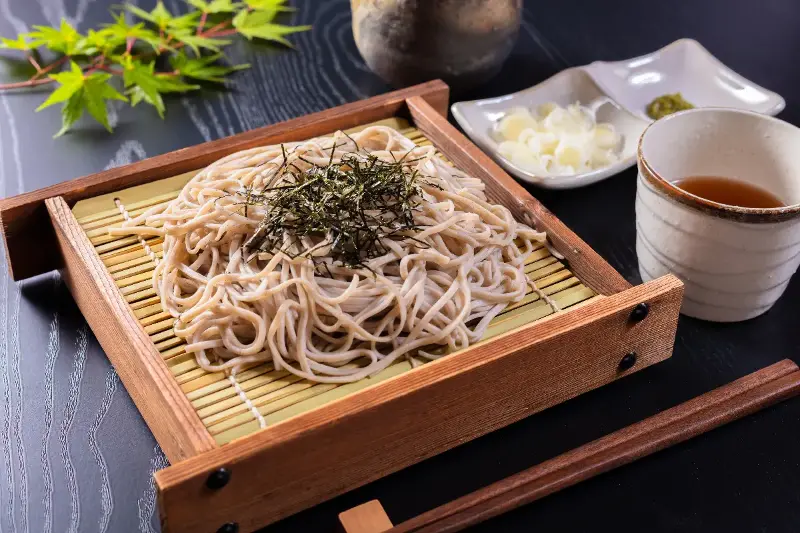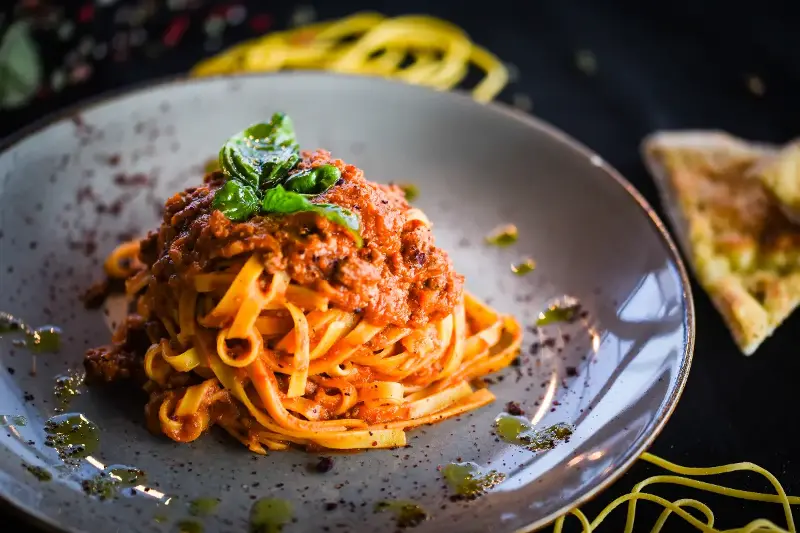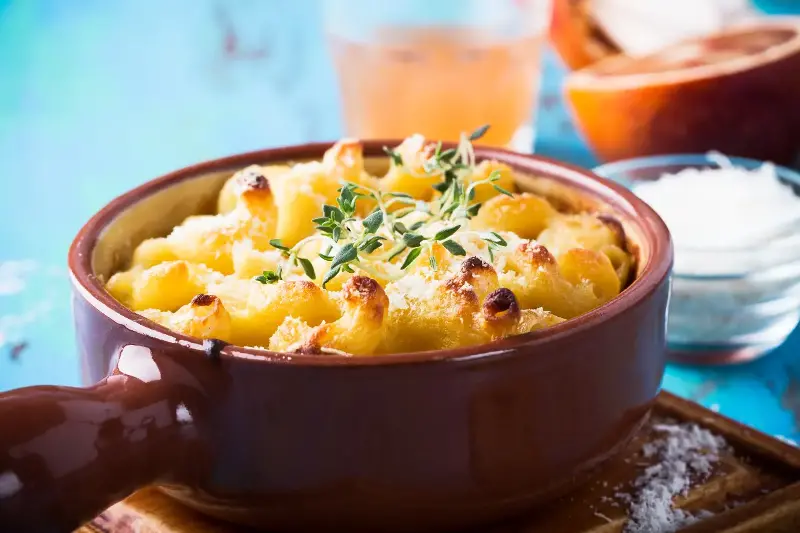Whether slurped from a steamy bowl on a bustling Bangkok street or twirled elegantly in a Roman trattoria, noodles have woven their way into the heart of global cuisine. Across continents and cultures, the humble noodle tells a tale far richer than its simple ingredients would suggest. Let's set out on a journey through the slurpy, spicy, saucy world of the planet's most irresistible noodles and the fascinating stories behind them.
Asian Origins and the Legend of Longevity

Asia can rightfully claim to be the birthplace of many noodle varieties, with China and Southeast Asia leading the charge. People often say that noodles originated in China, with archaeologists discovering a 4,000-year-old bowl of millet noodles preserved under the earth’s surface. The Chinese have always considered noodles a symbol of longevity; during birthdays, 'longevity noodles' (chángshòu miàn) are served unbroken, representing long life and good fortune.
Japan, meanwhile, transformed the noodle with soba, ramen, and udon. The now-famous ramen actually has Chinese roots, but in Japan it became uniquely localised, resulting in regional broths bursting with personality – from soy-based Tokyo ramen to creamy tonkotsu ramen in Kyushu. In fact, there's a ramen-themed amusement park in Yokohama celebrating the national obsession with this dish.
Southeast Asia offers a vibrant noodle culture of its own. Thai pad Thai, with its balance of sweet, sour, and spicy notes, was actively promoted by the Thai government in the late 1940s as a symbol of national identity and modernity. Further south, Vietnam's phở became an emblem of resilience, enjoyed at humble street stalls and fine dining tables alike. Each bowl narrates a story of local heritage and international influences – Chinese spices, French beef – melded together over decades.
From Italy With Love: Europe’s Pasta Passion

Italy is inseparable from its best-known culinary export – pasta. While there are myths of Marco Polo bringing noodles from China, written accounts show Italians crafting pasta well before his travels in the 13th century. The Italian word "pasta" stems from a Latin root meaning dough, and the country revels in over 300 documented shapes, from ribbons of pappardelle to tiny orbs of acini di pepe.
Pasta is at the core of Italian identity, but did you know that the famously hollow bucatini was originally designed for quicker drying and more efficient cooking in the maritime climates of coastal Italy? The international popularity of spaghetti and penne has created a universal language of comfort food, but regional specialities like trofie (from Liguria) and orecchiette (the “little ears” of Puglia) offer a window into Italy’s passionate food culture.
Spain’s fideuà, a noodle-based relation of paella using short pasta instead of rice, showcases how Mediterranean communities adapt noodle culture to local tastes and ingredients. Even Germany has its spaetzle – soft, eggy noodles that pair beautifully with cheese and roasted meats.
The American Melting Pot: Reinventing Tradition

In the United States, waves of immigrants carried noodles across oceans, where they took on completely new forms. Macaroni and cheese, a cherished American comfort food, likely arrived with British colonists but was revolutionised with the advent of processed cheese in the 20th century. Asian dishes like “chow mein” and “lo mein” were initially adapted in San Francisco’s Chinatown to appeal to local palates, cleverly fusing Chinese technique with available American ingredients.
On the West Coast, ramen shops have sprouted like wildflowers, each offering their own twist, often infusing Mexican chilli or Southern barbecue flavours. It’s a uniquely American habit – reimagining tradition to create something delightfully new.
Noodles Binding Us Together
Beyond deliciousness, noodles carry stories of migration, adaptation, and togetherness. During Lunar New Year celebrations in many Asian countries, extended families gather to prepare and slurp noodles for luck and happiness. In Italy, making fresh pasta is a Sunday family ritual, passed down through generations. In Ethiopia, a piquant spaghetti dish called “spaghetti wat” is now just as popular as injera, thanks to Italy’s colonial past.
In every corner of the globe, people have sought solace in the tangled embrace of noodles, whether in a spicy laksa, a quick stir-fried mee goreng, or a decadent bowl of carbonara. Perhaps it’s the simple pleasure of making, sharing, and enjoying noodles that makes them an enduring symbol of unity and creativity.
From East to West, the world’s most irresistible noodles remind us that history, culture, and a hearty appetite travel hand-in-hand. The next time you tuck into a plate or bowl of noodles – wherever you are – savour not just the taste, but also the centuries-old tradition and surprising stories swirling within. The world, it seems, is only a noodle away.
